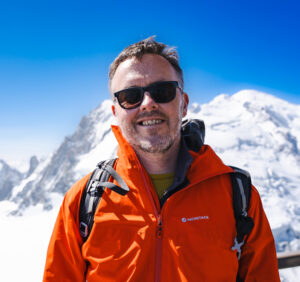VIRTUAL FIELDWORK
Helvellyn Range
Lake District, NW England
- landforms and landscapes of glacial erosion
- landforms of glacial deposition (mostly ice-marginal moraines)
- extensive evidence of paraglacial reworking
- periglacial landforms (talus, blockfields)
- mass wasting features (e.g. debris cones, rock slope failures)
- role of bedrock (Borrowdale Volcanic Group) on landscape development

